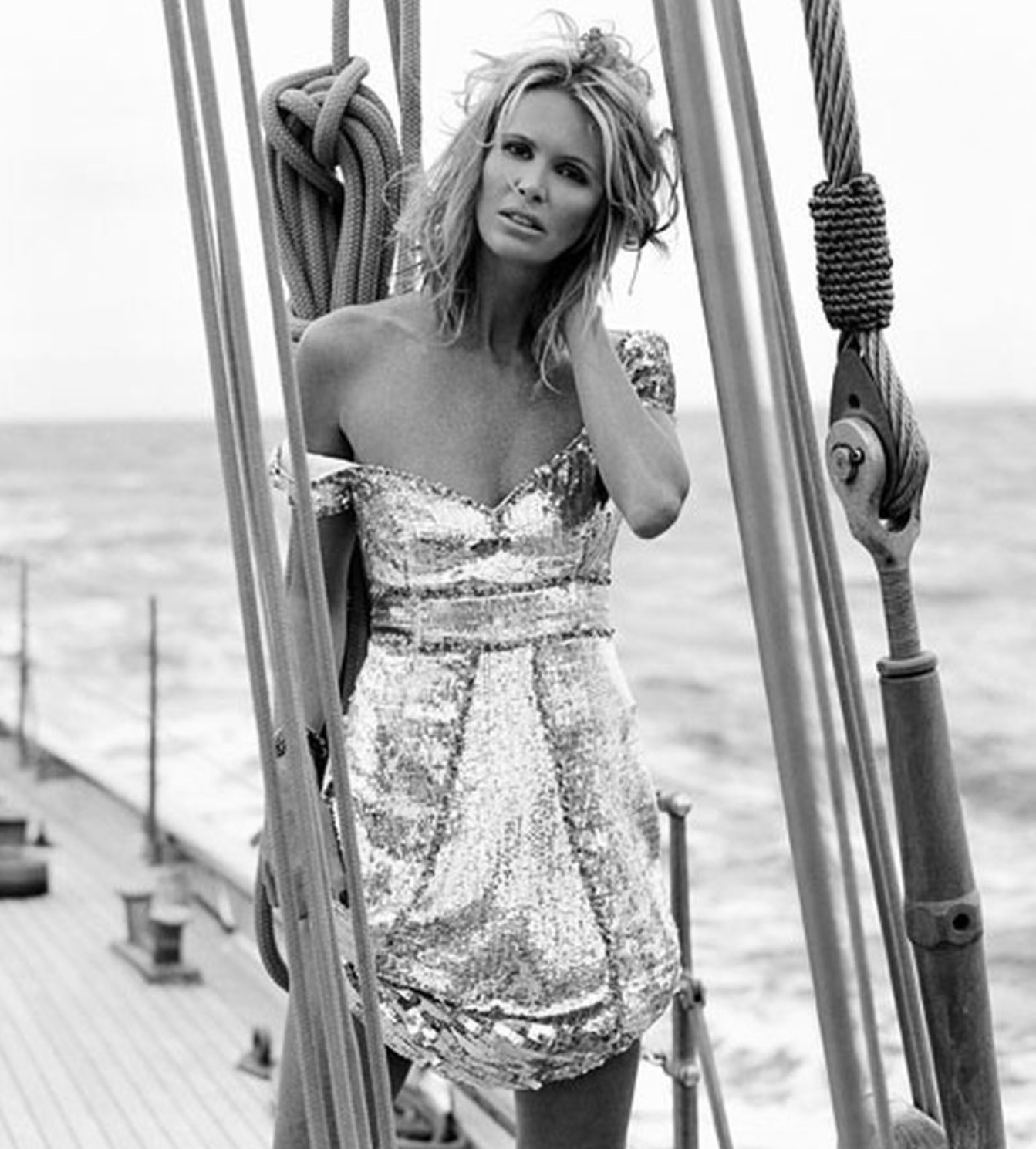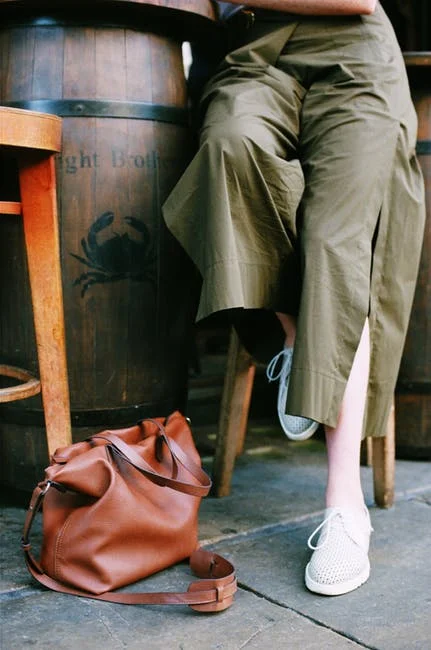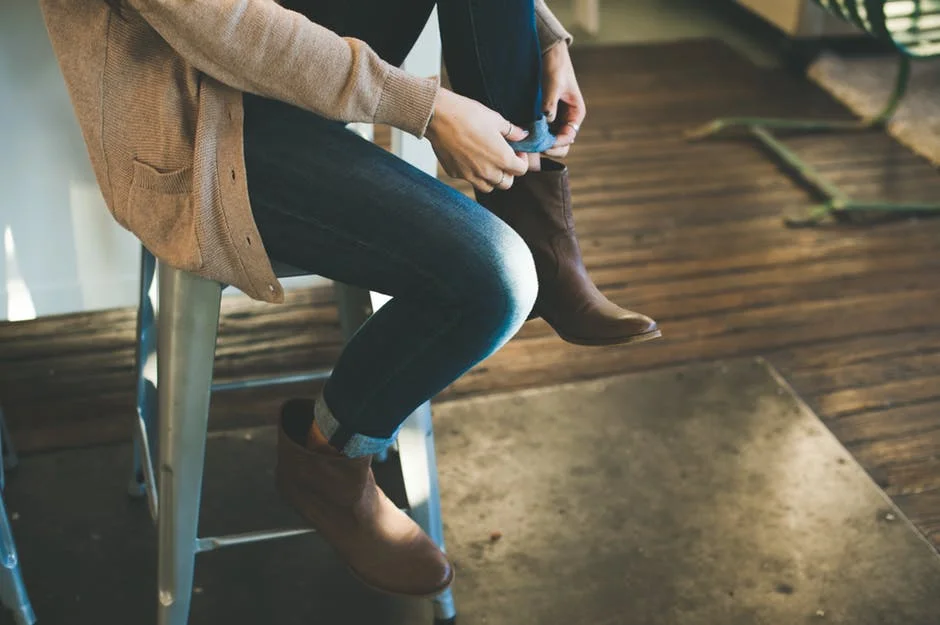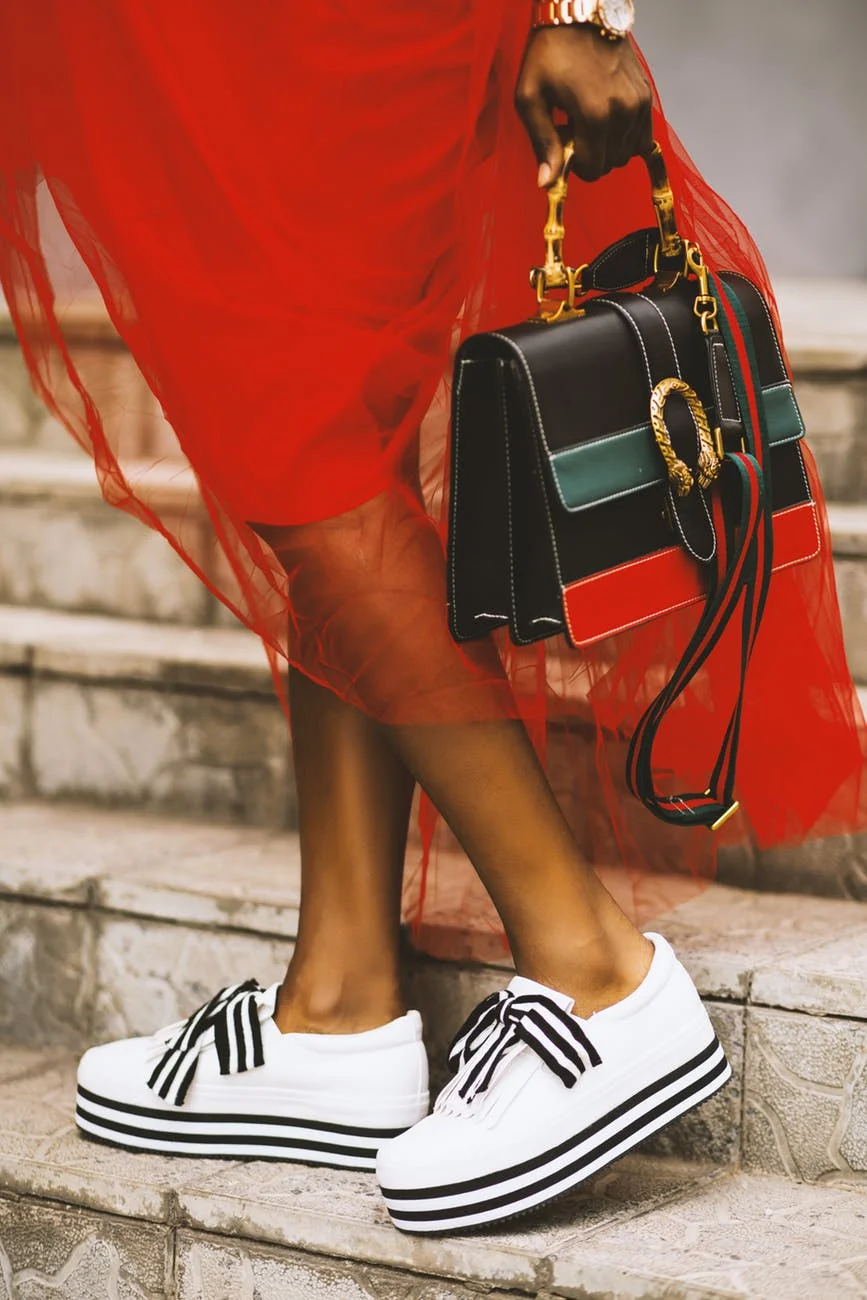Women at Work: Flats are Replacing High Heels
/In 2016, temp secretary Nicola Thorp was sent home from her work at a corporate finance company for not wearing shoes with two to four inches heels. This sparked outrage among the female working class with politicians and women protesting against Thorp’s dismissal through using the hashtag #fawcettflatsFriday.
In a story by The Guardian Thorp said she asked the company why wearing flats would impair her to do her job. “I don’t hold anything against the company necessarily, because they are acting within their rights as employers to have a formal dress code. I think dress codes should reflect society and nowadays women can be smart and wear flat shoes,” she said.
Thorp then launched a petition calling for the law to be changed so companies will not be able to force women to wear heels to work. It accrued 152,420 signatures in six months but went down in the British Parliament in 2017.
Why women have to file a petition to be able to wear flats at work is confounding, especially since footwear has little to no bearing on how a woman performs her roles at work. We’ve looked at women’s officewear before back in 2013, and it’s a far cry from what it is today. The Daily Infographic claims stilettos were seen as a symbol of power in years gone by. In the 1980s, some advice books recommended that women wear high heels to command attention and overcome their height disadvantage compared to men. Anne can attest to the truth of this assertion, and I am guilty as charged.
When Thorp challenged these views two years ago, results showed that more and more women actually prefer to wear flats over heels for a number of reasons. For one, wearing heels can be extremely uncomfortable, with the increased load on the toes, not to mention taking the hips and spine out of alignment. In the days of #MeToo, women are more empowered to focus on comfort over style, from the clothes and shoes they wear to the handbags we carry. Designers are watching this evolution in women’s buying trends, creating stylish footwear and apparel that make comfort a top priority. In fact, the 100 best shoes from the spring 2019 runways featured on Harper's Bazaar included several flats like Valentino’s feathered sandals, Chanel’s classy ballerinas, and Stella McCartney’s loafers. This designer shoe edit proves that chic and powerful come in all shapes and sizes— heels or no heels.
When it comes to clothes, Target launched in 2018 a new line called Prologue which is a collection of clean, minimal, and work-appropriate clothes that not only prioritize comfort, but are affordable and size inclusive, too. Some select tops and coats go up to size 4X and a number of dresses and bottoms go up to size 26. Pair these with shoes from like-minded outlet Woman Within which has a collection of flats for women with larger feet and you’ve got yourself a modern woman’s wardrobe that says “wear me because you love me” every day.
Today’s working women shouldn’t have to worry about what we will wear to work every morning. Remember that Steve Jobs came to rule the high-tech world, wearing a black turtleneck every day. No one accused Jobs of not being a true professional. It’s high time comfort and ease of putting oneself together become a top priority for women, too.
Thankfully, with movements like #MeToo and #fawcettflatsFriday, women will soon win this petty dress code battle of being sent home from work for not wearing heels. Given that men typically don’t wear high heels to work, these rules do violate gender discrimination laws because they are applied capriciously only to women. If sufficient laws are already on the books, as the British Parliament argued in refusing to act on Thorp’s petition, then enforce them. Women mean business, and we are not kidding around. Women prefer flats, not heels for work.








